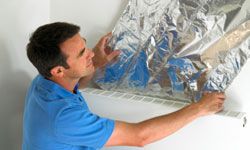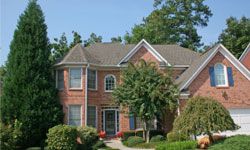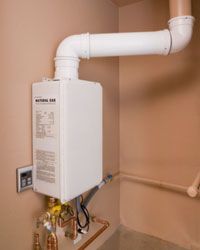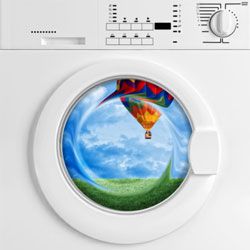Today's homeowners are more aware than ever of the demands their appliances, lawns and heating and cooling needs have on the planet's limited supply of fossil fuels. Likewise, steady increases in the cost of those fuels mean that those homeowners often feel the cost of inefficient home energy use where it hurts the most: in their account balances after monthly energy bills are paid.
Many homeowners are looking for ways to make their homes more eco-friendly. Whether this stems from a wish to help the environment or a desire to cut heating and cooling costs, the steps are often the same. Some eco-friendly home improvements are small, simple, inexpensive steps. Others require more time, money and expertise. Here, we'll look at 10 popular home-efficiency tips that can fit almost any budget. While the best combination for your home's needs may vary, these home-improvement options include a number of projects and possibilities that could mean energy and cost savings for you and your family.
Advertisement





